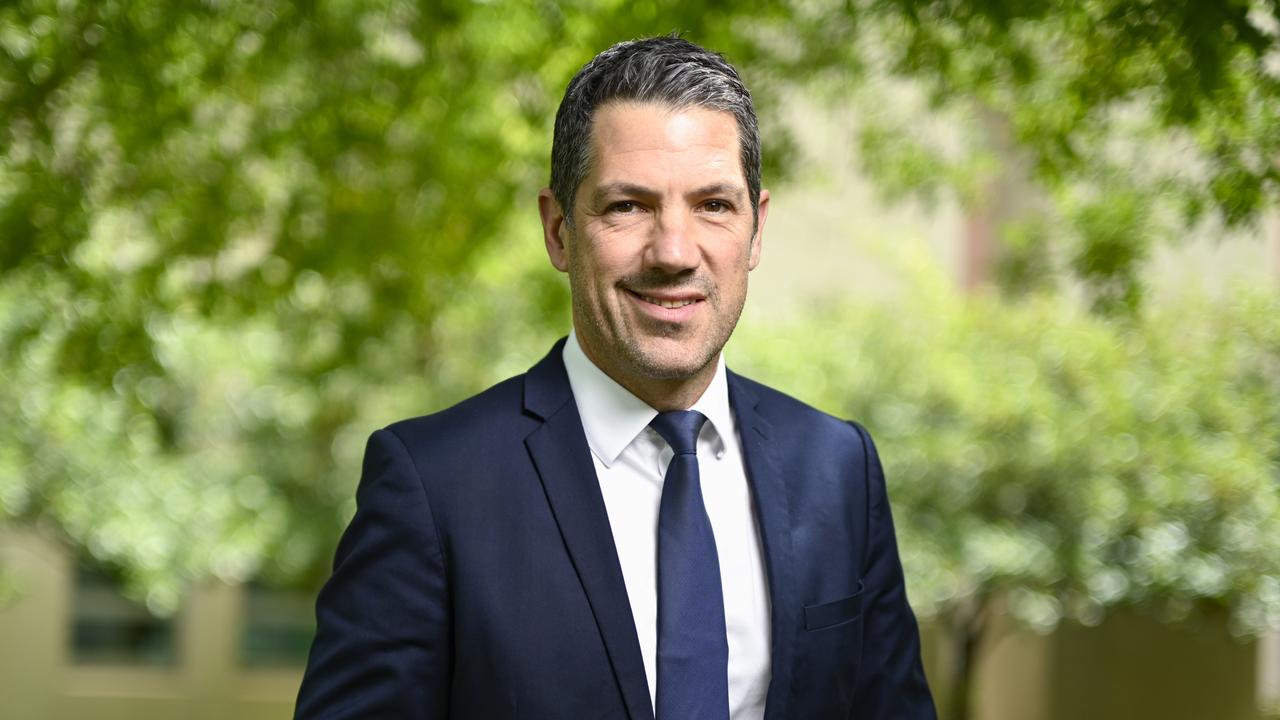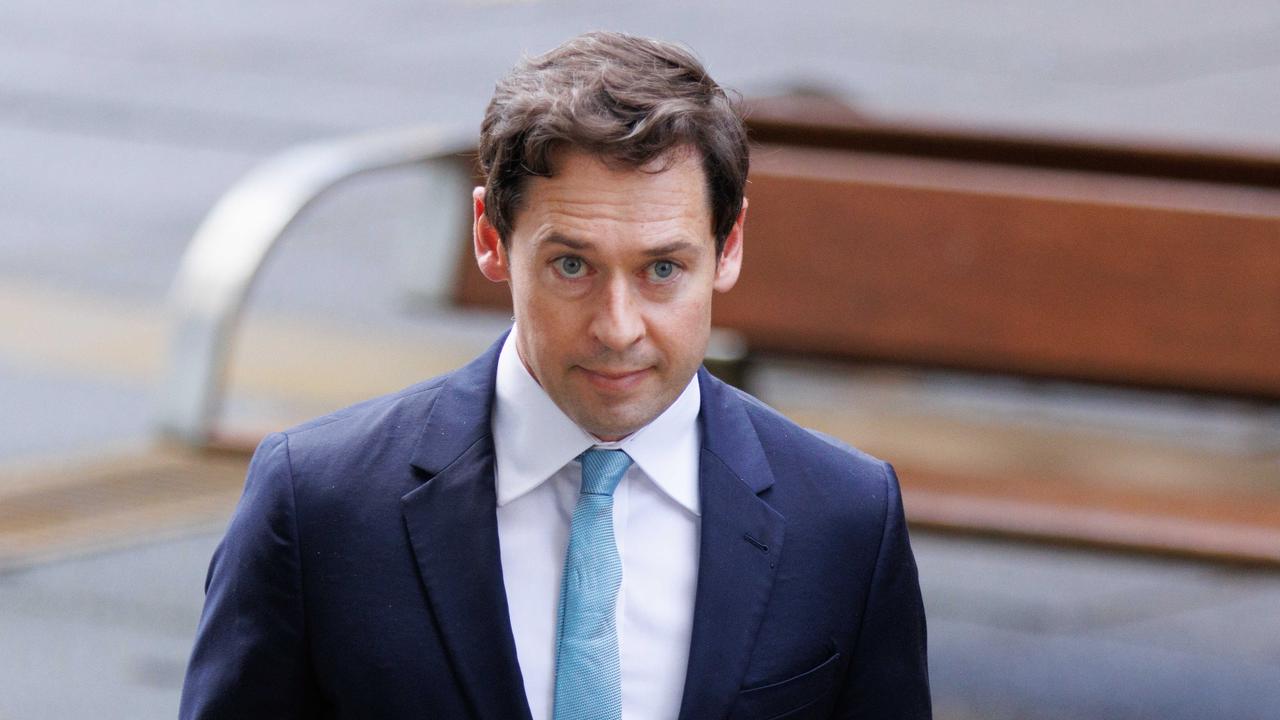Call for wealthy to pay more for aged care
Wealthy Australians would be forced to pay more for aged-care services under a proposal from providers and peak bodies.

Wealthy Australians would be forced to pay more for aged-care services under a proposal from the nation’s major aged-care providers and peak bodies to underwrite the financial viability of the sector.
Catholic Health Australia (CHA), Council on the Ageing, Aged & Community Care Providers Association and leading aged-care financial analyst StewartBrown have urged Labor to raise the means testing threshold for housing wealth in a bid to recover the sector’s financial viability, with 70 per cent of aged-care homes operating at a loss.
The calls come after new modelling commissioned by CHA forecasts the sector would need an extra $48bn by 2030 to fund 80,000 new aged-care places and renew 61,000 existing places, as a consequence of Australia’s ageing population. This would be more than double the $20bn invested in the previous decade.
In a pre-budget submission, CHA called on the commonwealth to increase consumer contributions for aged-care services by increasing the threshold applied to housing wealth, as well as raising the cap on how much providers can charge for services.
When an elderly Australian is currently means-tested for entry into an aged-care home, the government considers only up to $186,000 of their property wealth, irrespective of the value of their home. This means a person who may own a modest home is means-tested at the same level as another person who has a mansion.

CHA, which is Australia’s largest non-government provider of health and aged-care services, has also called for removal of the cap on how much providers can charge residents for services. This is currently pegged at about $30,000 per resident annually, or 85 per cent of a single person’s basic aged pension.
With the taxpayer subsidising about 75 per cent of funding for residential aged care, the Coalition of peak aged-care bodies say wealthier residents should cough up more rather than increasing the burden on the taxpayer.
Spending on aged care has ballooned in recent years, with the sector costing the budget $23bn the last financial year, rising to a projected $34.7bn over the forwards. The federal government’s spending trajectory on aged care has also been exacerbated by Labor’s commitment to fully fund a wage rise for about 330,000 aged-care workers at a cost of $2.1bn per year, despite a budget significantly in debt.
Inflation, the Covid-19 pandemic and staffing shortages have also put significant strain on provider margins across metropolitan and regional areas. CHA chief executive Pat Garcia said financial reforms were urgently needed to prevent the aged-care sector from collapse. “The sector needs huge investment and there are two places it could come from – government coffers or increased user contributions from those who can afford to pay,” Mr Garcia said.
“Taxpayers already provide approximately 75 per cent of funding for residential aged care, and this contribution has grown at roughly double the pace of consumer contributions over the last decade.”
Aged-care peak body ACCPA chief executive Tom Symondson said providers were heavily restricted on the amount they could charge residents, irrespective of their wealth, with fees not reflective of actual expenses.
Amid a deteriorating financial situation, Mr Symondson said taxpayer funds should be used to protect people who could not afford to pay rather than protecting those who could.
“I think we do need to protect people who don’t have significant assets, but for people that do, what we are essentially doing is subsidising those people to eventually pass their wealth on to their children,” Mr Symondson said. “I don’t think it is the job of the taxpayer to fund those people at the expense of a well-funded aged-care system.”
COTA chief executive Patricia Sparrow said older people who had financial means to pay for more aged care should do so, but argued that consumer protections must not be eroded. She said an increase in the price of aged-care services must be correlated with an improvement in care, and there must continue to be a strong safety net for less wealthy Australians who cannot afford to pay for themselves.
“It’s important to have a conversation about the long-term financial sustainability of aged care, or we risk being left without a system that delivers the quality service older Australians deserve,” Ms Sparrow said. “Any conversation around changes to the way aged care is paid for needs to be centred around the needs of older Australians. The federal government needs to continue to subsidise care for those who can’t afford to pay so no one gets left behind and we need to make sure that consumer protections aren’t eroded.”
Aged-care analyst and StewartBrown partner Grant Corderoy said an increase in the user-contribution was the “panacea” for improving the financial viability of the sector and warned providers would be forced to close and care quality compromised if no action was taken.
Opposition aged care spokeswoman Anne Ruston said maintaining an affordable and equitable aged care sector for both metropolitan and regional areas must be a priority of the government. “The task of maintaining and sustaining an aged care sector that meets expectations, and is affordable and equitable whether you live in the inner-city or out in the regions, must be an absolute priority of the government,” she said.






To join the conversation, please log in. Don't have an account? Register
Join the conversation, you are commenting as Logout